
Where you live shapes your financial future. However, for black women, things can be a little different. Some cities offer clear paths to upward mobility, while others make it harder. Recent data show wide financial gaps depending on location. Here’s a look at five cities that support financial success—and five where barriers remain. Let’s start with ones that support their growth.
Alexandria, Virginia
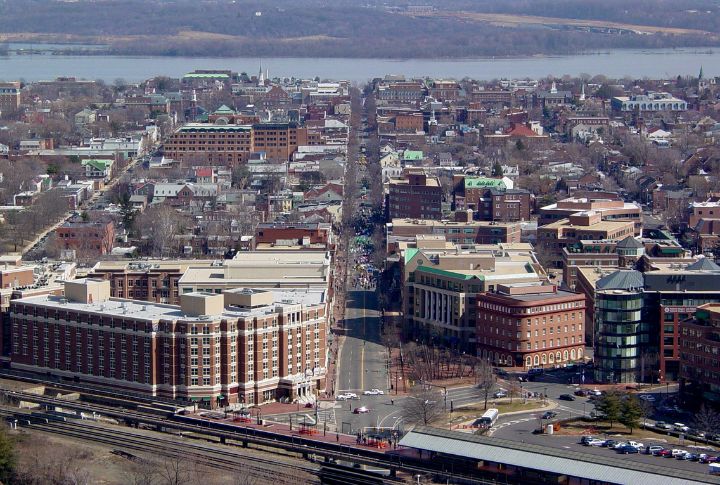
Virginia is a promising state for Black women’s financial growth, and Alexandria stands out. Black households here earn an average of $78,942, thanks in part to access to high-paying roles in tech and federal sectors. Initiatives like ARISE also provide monthly cash support, further helping Black families build long-term economic stability.
Southfield, Michigan
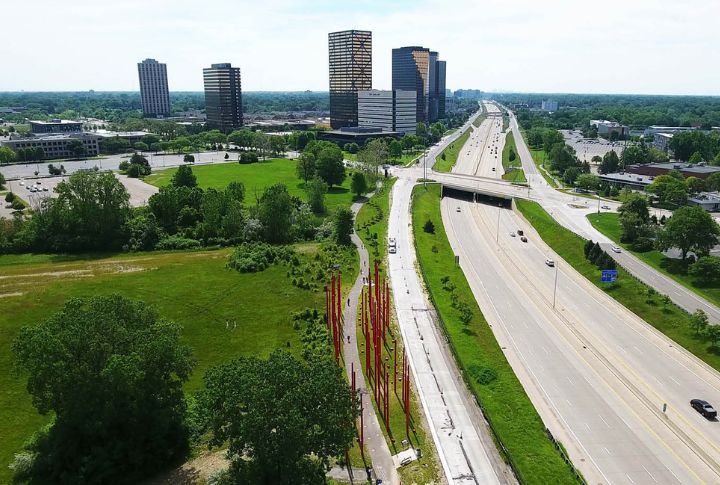
Located near Detroit, Southfield, Michigan, a majority-Black suburb of Detroit, has solid job opportunities in healthcare, tech, and finance. With a median home value of $226,900 and a cost of living 5% below the national average, it’s an accessible area for Black women seeking wealth-building opportunities.
Stonecrest, Georgia

This Atlanta suburb draws Black professionals with career and family opportunities since approximately 91.4% of its population identifies as Black, with a strong sense of community. Additionally, with a median home price of $279,900, Stonecrest offers affordable ownership and reliable access to healthcare and public sector jobs.
New Rochelle, New York
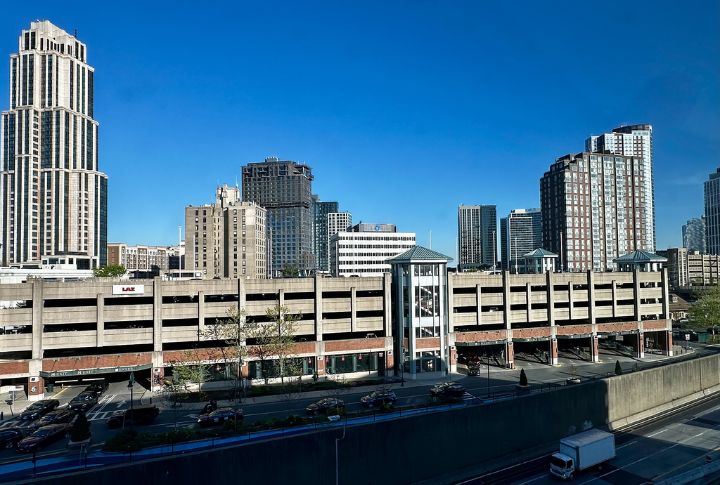
About 35% of Black residents in New Rochelle own their homes, higher than the national average for Black households. Local programs provide down payment assistance and business grants tailored to underserved communities. A direct train access to Manhattan and an average household income above $100,000 also means Black women have practical paths to build wealth here.
Missouri City, Texas
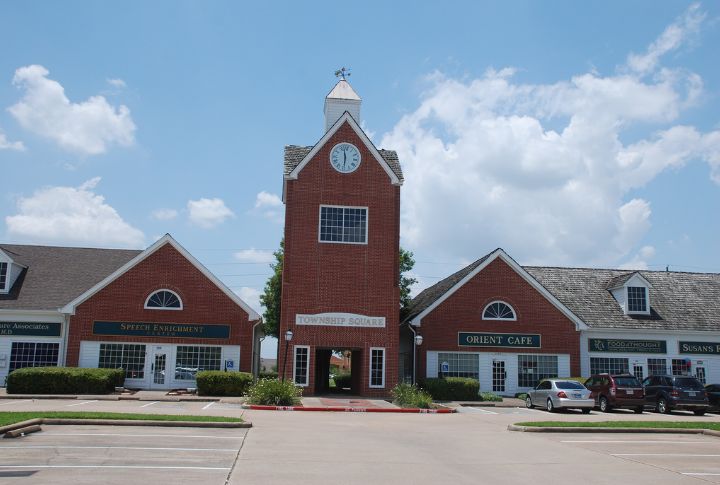
This suburb of Houston has a whopping 42% Black homeownership rate, which is among the region’s highest. And with Houston set to add 71,000+ jobs in 2025, residents benefit from economic momentum and community support. It’s not flashy, but it works for substantial long-term wealth growth.
Having said all that, let’s look at five cities with potential financial barriers for black women.
Stockton, California
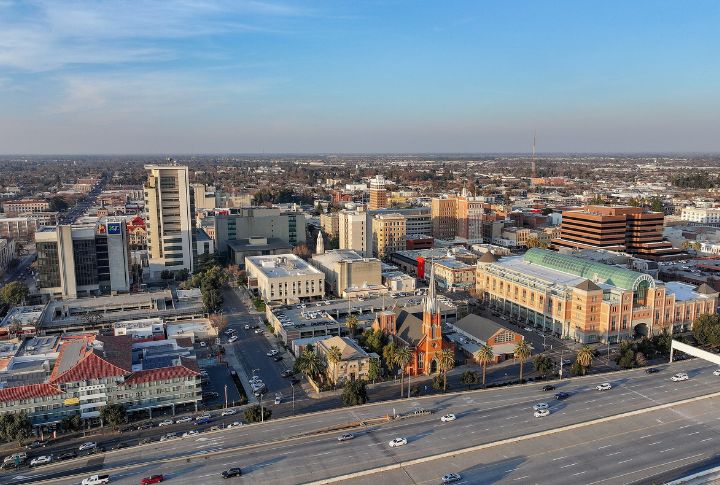
Despite being in California, Stockton has significant economic disparities. Black women earn just 60 cents for every dollar paid to white men, with single Black mothers earning even less. Stockton also faces a shortage of affordable housing, and its job market leans toward lower-wage roles, making financial stability particularly challenging.
Birmingham, Alabama
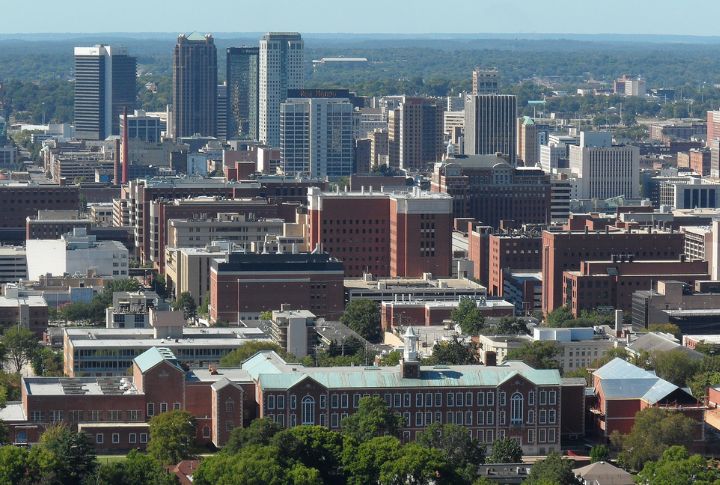
In this city, the economic deck is stacked. Black women often find themselves in roles that pay less, offer fewer benefits, and lead nowhere fast, while white men continue to dominate the highest-paying positions. Properties are limited in areas with quality infrastructure, which many can’t afford, and decades of lopsided development have kept entire communities on the margins.
Miami, Florida
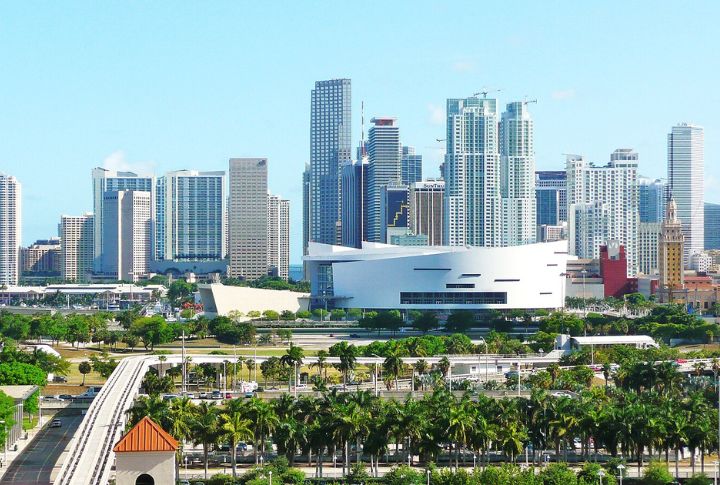
Black women in Miami get approximately 61 cents on the dollar compared to white men. At the same time, average monthly rent in the city has surged past $2,400. The math doesn’t add up, and the result is a cycle where rising costs cancel out economic gains for many marginalized communities.
Minneapolis, Minnesota
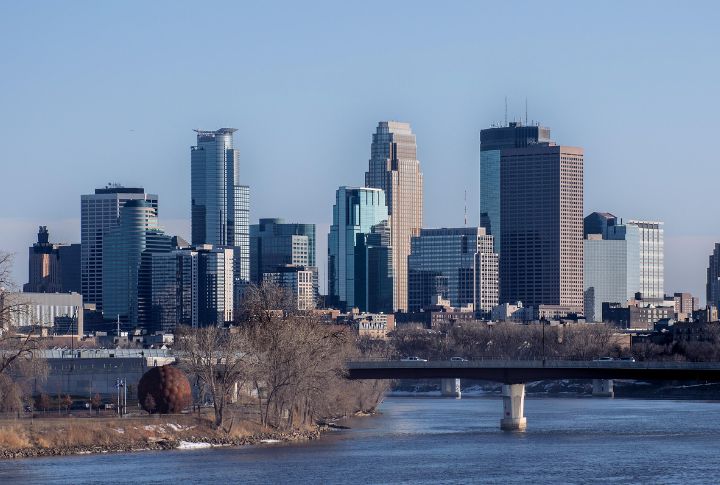
Minneapolis has one of the nation’s widest racial income gaps. Black households earn less than half of white households, with median incomes of only $38,178 versus $84,459. Additionally, Black homeownership is about one-third that of white families, limiting wealth-building opportunities.
Fort Lauderdale, Florida
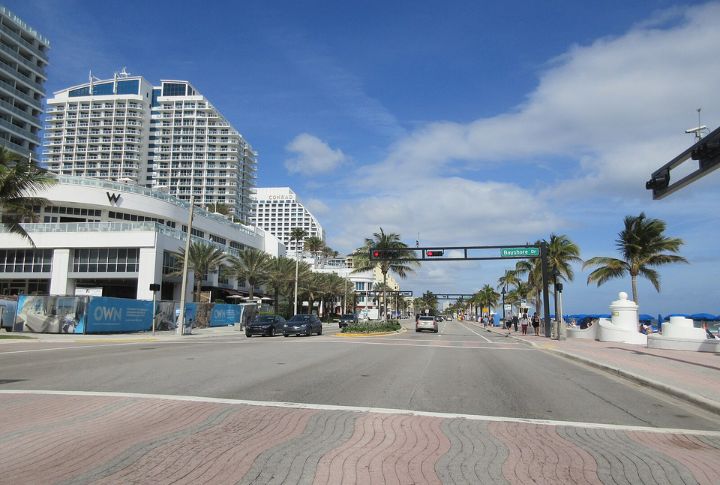
$49,248. That’s the income of an average Black family in Fort Lauderdale. It’s not enough—not when rents are high and savings are scarce. Fewer own homes. More are cost-burdened. Decades of redlining, wage suppression, and uneven investment created this gap. The barriers aren’t invisible—they’re structural.
